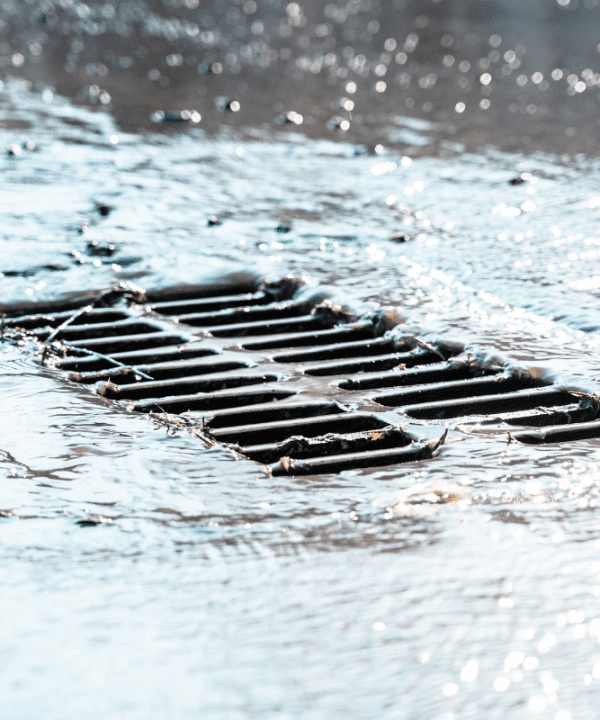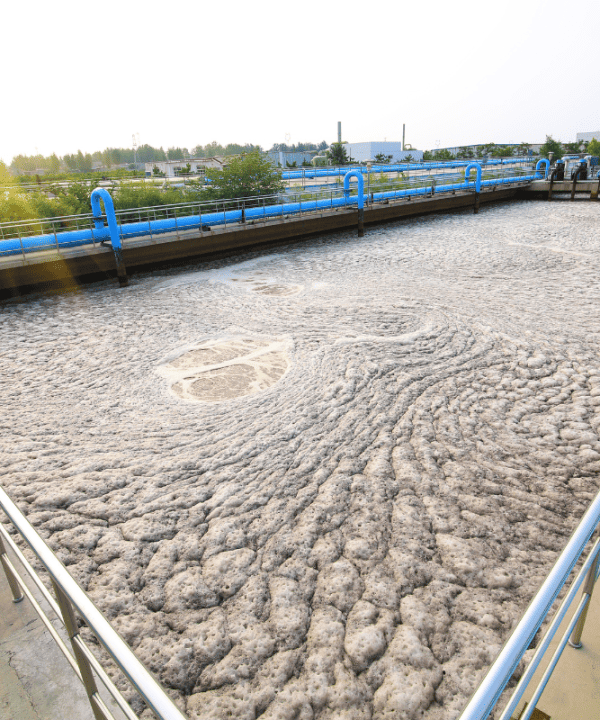
PROJECT DETAILS
- Project No 2098
- Project Name Nitrous Oxide Monitoring Guidelines
- Lead Organisation Global Water Research Coalition (GWRC)
- Research Lead The University of Queensland
- Main Researcher Liu Ye
- Completion Year 2026
Project Description
Water utilities around the world are determined to achieve net-zero emissions. Nitrous oxide (N₂O) emissions often account for the majority (>80%) of direct greenhouse gas (GHG) emissions of wastewater treatment plants. Monitoring and quantification of N₂O from wastewater treatment plants is therefore critical for water utilities to achieve their net-zero targets. While many international (IPCC) and national guidelines have established regulations for reporting N₂O emissions, a recognised monitoring/quantification method is still unavailable.
The objective of this project is to develop a practical online monitoring methodology that includes guidance for utilities’ selection of essential equipment for direct monitoring, and design of appropriate sampling campaigns, for accurate quantification of N₂O emissions from wastewater treatment plants. The aim is to bridge the gap between theoretical knowledge and practical implementation in quantifying and managing N₂O emissions in wastewater treatment plants.
Bringing together international experts in GHG emissions from wastewater treatment plants, this project will facilitate N₂O emissions reductions and progress the knowledge in this field. The benefits of this being:
- Respond to immediate need and desire by utilities to start directly monitoring their N₂O emissions by establishing ‘good practise’ based on current levels of knowledge and equipment availability.
- Provide interim guidance on a ‘good practise’ methodology which can be utilised to ensure that direct monitoring data collected can be compared across various process units and WWTPs and therefore inform utilities with least emitting processes and process units.
- Over time, provide better understanding of the true scale and nature of industry emissions and where and why they are generated within process units, allowing the need, cost and feasibility for the water industry to reduce its emissions to be compared to action by others.





